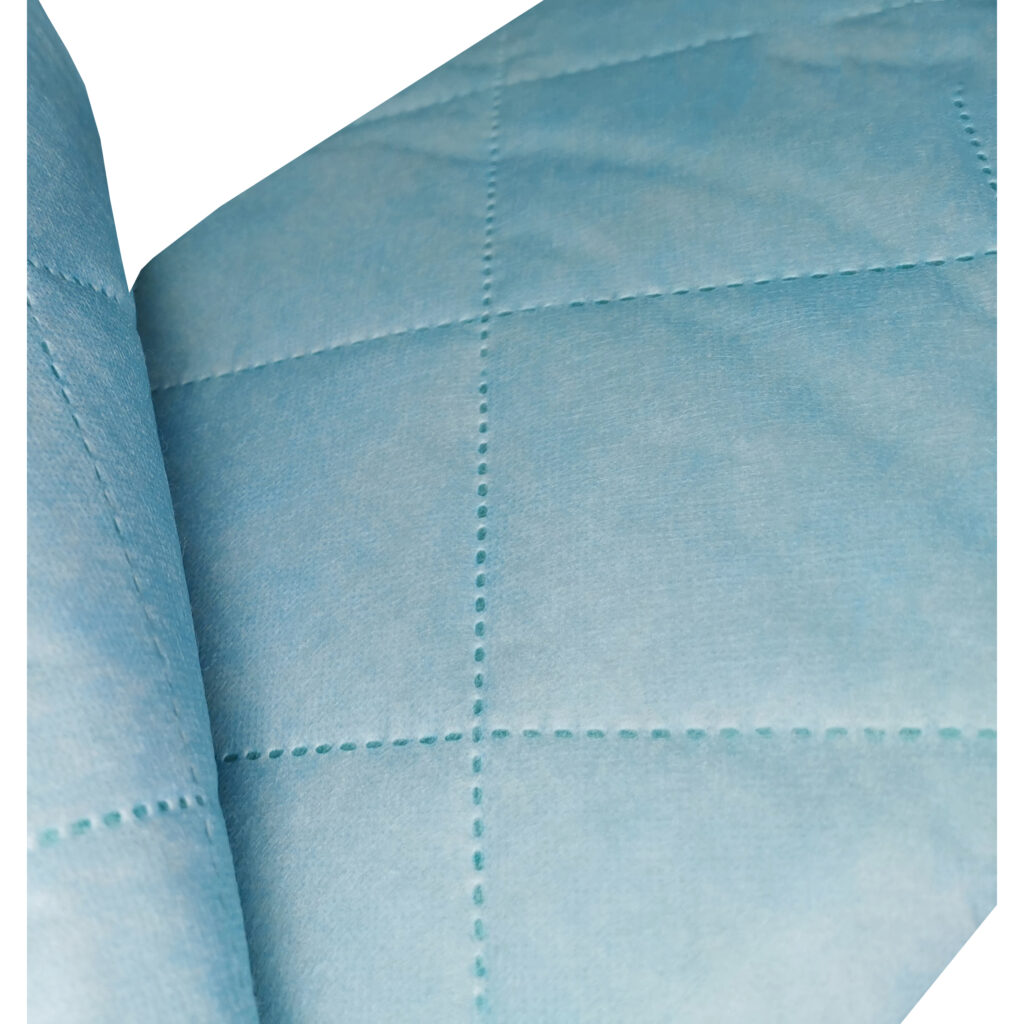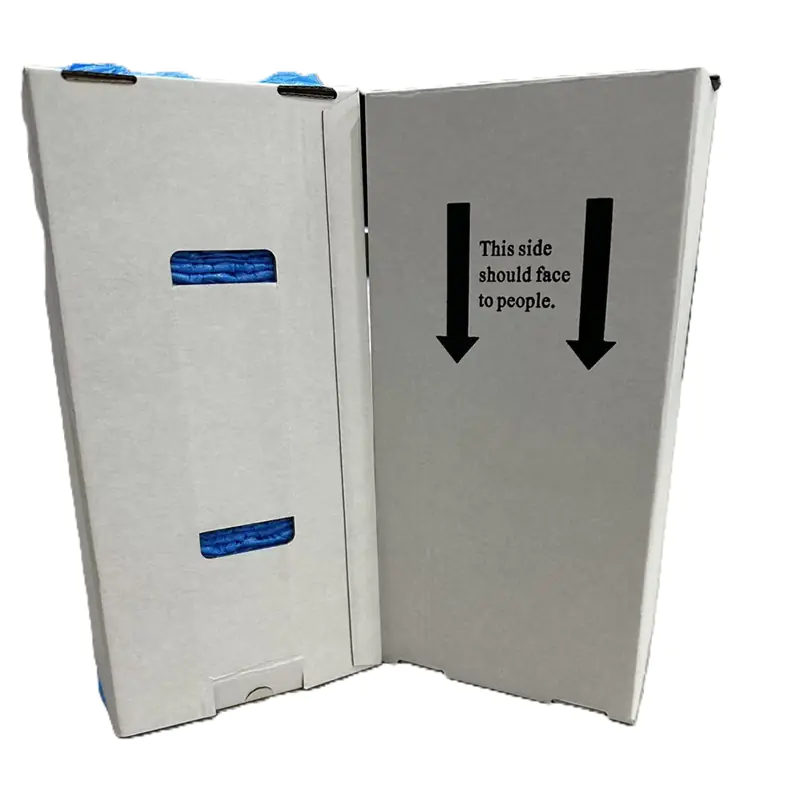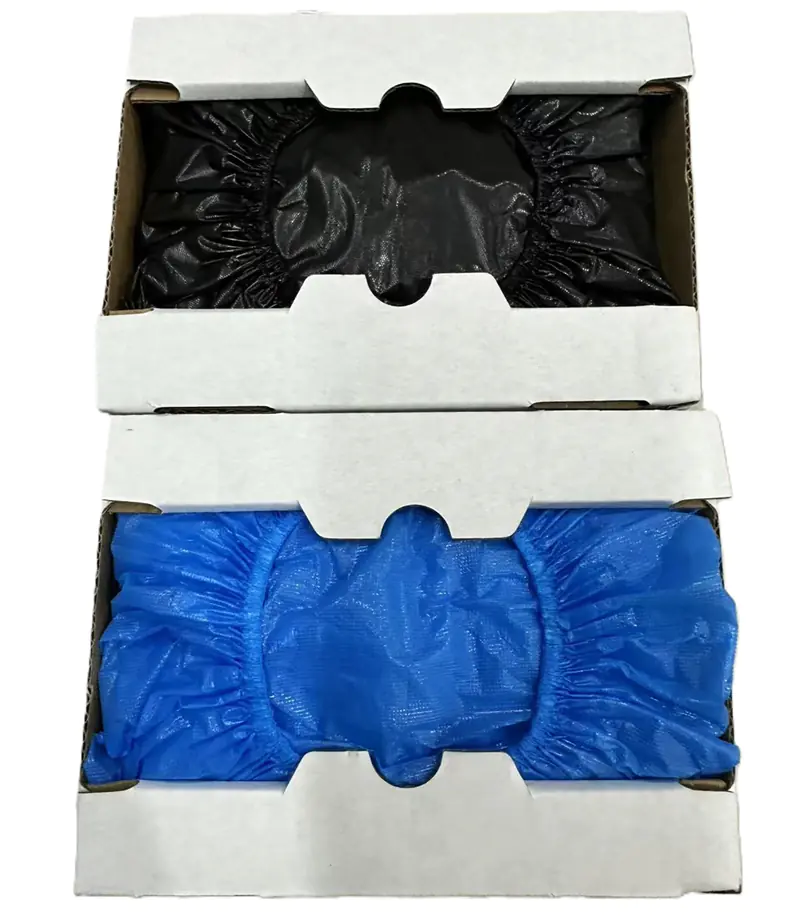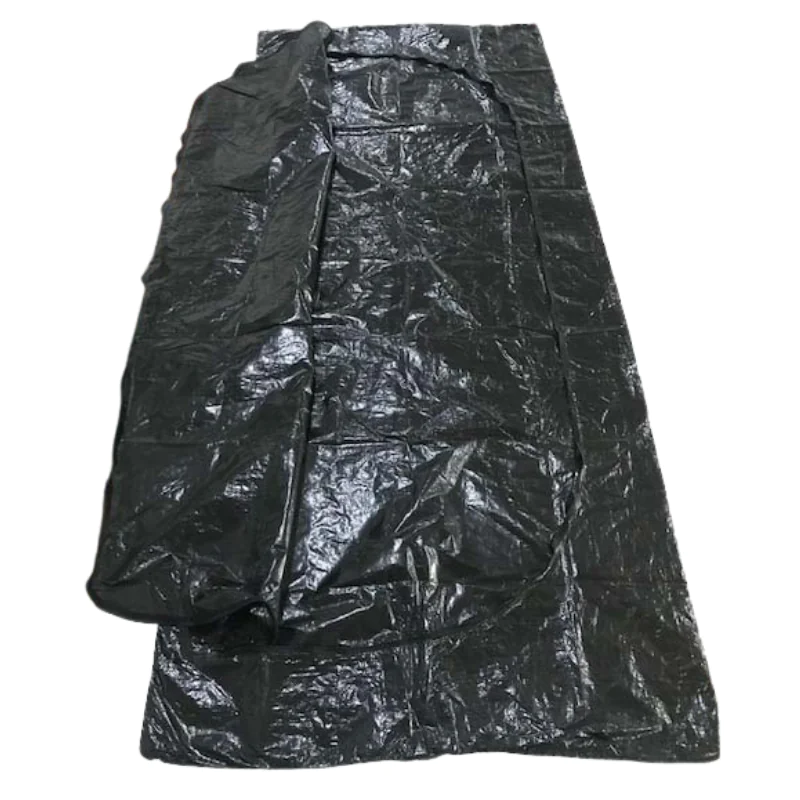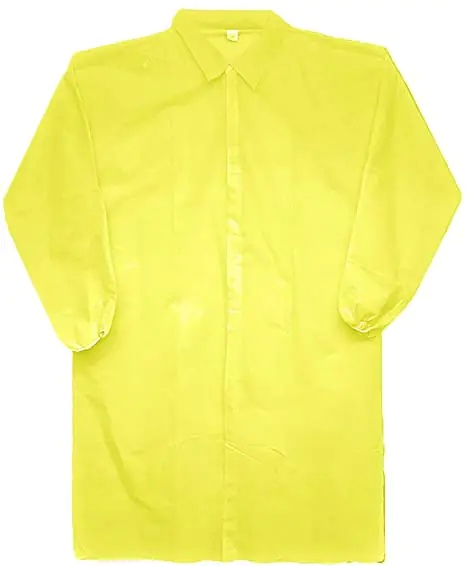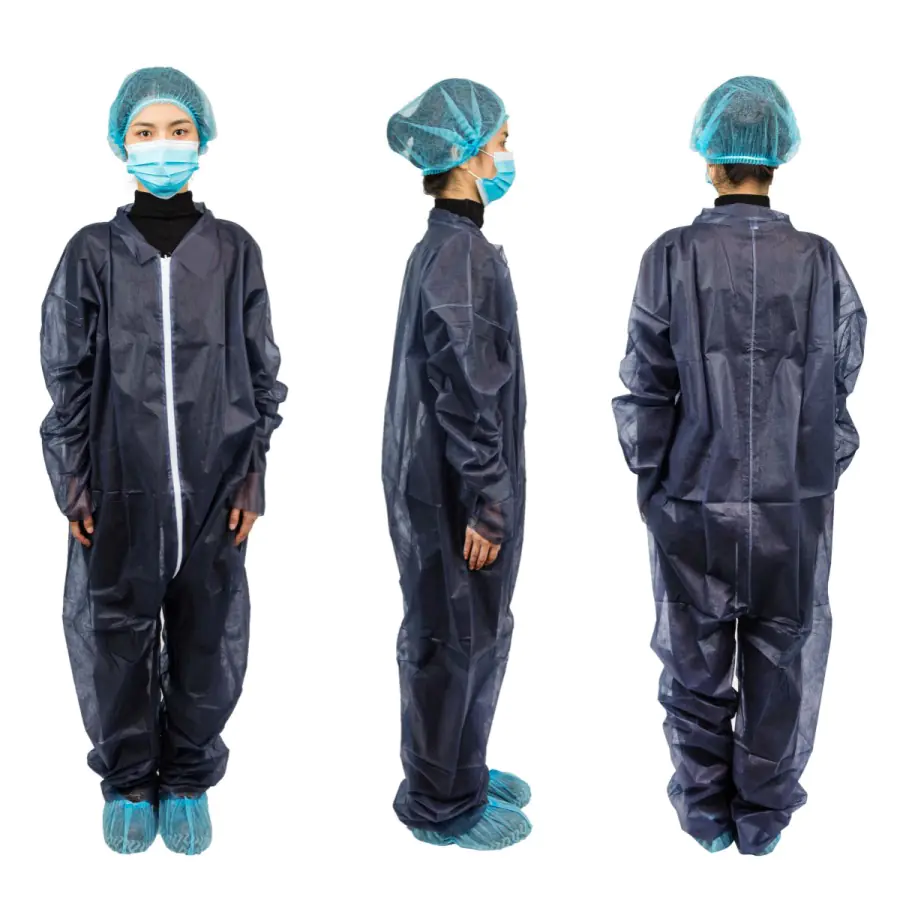Do you know about disposable blankets? You might see them in a hospital. Or maybe you get one when you travel on a plane. These blankets are special. You use them just one time, or maybe a few times. Then, you throw them away. They are a type of disposable PPE. PPE means clothes that keep you safe and clean. These blankets are helpful for emergency medical services (EMS) helpers. They are also part of disaster relief equipment. Think of them as temporary protective clothing solutions for warmth.
The outside part of these blankets is usually soft. It is made from nonwoven fabric. This fabric is not like your shirt fabric. It is made by pressing tiny threads together. This makes the blanket feel nice. But what is inside the blanket? The stuff inside is called the filling. The filling is what makes the blanket warm. It is like the fluffy stuff inside your winter coat. This filling provides thermal insulation layers to keep you cozy, much like you find in cold-weather protective trousers.
Choosing the right filling is very important. The filling changes:
- How warm the blanket is.
- How soft it feels.
- How much it costs.
This is different from choosing waterproof workwear, like chemical-resistant trousers. For those clothes, the main goal is to stop liquids using moisture barrier technology. For blankets, the main goals are warmth and feeling nice. Let’s learn about the stuff used to fill disposable nonwoven blankets.
Stuff Used to Fill Blankets
Here are common choices for the inside part of these blankets:
- Polypropylene Fiber:
- What it is: This is made from tiny plastic threads. It is light.
- Good things: It lets air pass through. It does not hold water much, making it moisture-resistant. It helps keep you warm without being heavy. It is not very costly.
- Where it’s used: Good for hospitals or places needing clean, throw-away items. It is a good hygienic protective wear choice. It helps follow hospital sanitation protocols.
- Polyester Fiber:
- What it is: This is also made from plastic threads. It is very common. It is often called Polyester Fiberfill.
- Good things: It is soft. It lasts a while. It keeps you warm very well. It does not shrink or get wrinkled easily. It offers good thermal insulation layers.
- Where it’s used: Used a lot in disposable blankets and pillows. Good for patients, travel, or helping people in emergencies.
- Cotton Fiber:
- What it is: This comes from the cotton plant. It is natural fluff.
- Good things: It feels very soft on your skin. It lets air pass through well (breathable disposable fabric). It is good for the earth compared to plastic fillings, sometimes seen as a biodegradable PPE option (though how it’s made matters).
- Where it’s used: Not used as much because it costs more. Found in fancy disposable blankets where feeling extra soft is important.
- Blended Fibers:
- What it is: This is a mix of different threads. Often, it mixes plastic threads (like polyester) and natural threads (like cotton).
- Good things: Mixing them gives good points from both. It can make the blanket strong, warm, soft, and not too costly. It can be better for warmth than just one type of filling.
- Where it’s used: Used when jobs need a blanket that works well but does not cost too much. Good for hotels or travel companies providing disposable bedding and towels.
- Recycled Fibers:
- What it is: This filling is made from old materials that are cleaned and reused. Often, it is recycled polyester from old plastic bottles.
- Good things: It is good for the Earth! It helps use less new stuff. This supports industrial sustainability initiatives. These are still good recyclable PPE options.
- Where it’s used: Used by places that want to help the planet but still need throw-away blankets.
- Foam or Polyurethane Inserts:
- What it is: This is a light, soft foam material. Think of a soft sponge.
- Good things: It is very good at keeping warmth in. It also adds a soft cushion feel.
- Where it’s used: Used in blankets for hospitals or emergencies where extra comfort is nice. You might find these alongside Disposable pillows for hospital.
- Air Layer Technology (No Filling):
- What it is: These blankets do not have fluffy stuff inside. They use layers of the nonwoven fabric. Air gets trapped between the layers.
- Good things: The trapped air keeps you warm. These blankets are very light and thin. They use less material. This can be a lightweight option, somewhat like lightweight rain trousers alternatives are for workers.
- Where it’s used: Good when you need something small and light, like in disaster recovery kits or for simple disposable bedding for travel.
- Silk Floss (Not Common):
- What it is: This is made from the threads of silkworms. It is very fancy.
- Good things: It feels super soft and light. It is good for people with allergies (allergen-free materials idea).
- Where it’s used: You will not see this often in throw-away blankets because it costs a lot. Maybe used for special first-class airplane blankets.
Why Does the Filling Matter?
The filling is chosen based on the blanket’s job. A blanket for a cold emergency needs to be warmer (good thermal insulation layers) than one for a short bus trip. A hospital needs clean, single-use items that work well for patients. This follows hospital sanitation protocols and avoids needing industrial laundry alternatives.
Helping during floods or storms means people need warmth quickly. Emergency response rainwear teams or Hazmat teams might give out warm polyester blankets from disaster relief equipment supplies. These blankets provide crucial outdoor labor protection from the cold, even if they don’t need features like reflective safety striping found on roadwork safety apparel.
Travel blankets need to be small and light. An Air Layer blanket might be best here.
Choosing the Right Blanket Filling
When you need disposable nonwoven blankets, think about:
- Warmth: How warm does it need to be? Polyester or foam is often warmest.
- Softness: How soft should it feel? Cotton is often softest.
- Cost: How much can you spend? Polyester and polypropylene are often cheaper than cotton or silk. Buying bulk disposable workwear can help save money.
- Being Green: Do you want biodegradable PPE options or recyclable PPE options? Recycled fibers or cellulose might be good choices.
- Special Needs: Does it need anything else? Most blankets don’t need to be like heavy rain protective gear or have reinforced knee protection. They usually don’t need acid-resistant materials or flame-retardant features like some industrial protective clothing. Their main job is warmth and comfort.
Stay Warm and Comfy
Disposable nonwoven blankets are useful disposable PPE in many places. The filling inside is key to how warm and soft they are. Knowing about polyester, cotton, foam, and other fillings helps pick the right blanket. This ensures people in hospitals, emergencies, or traveling get the comfort they need. It is an important part of providing care and safety.

